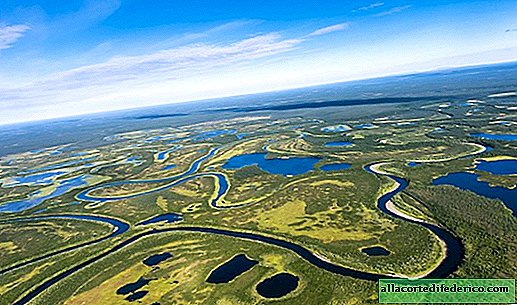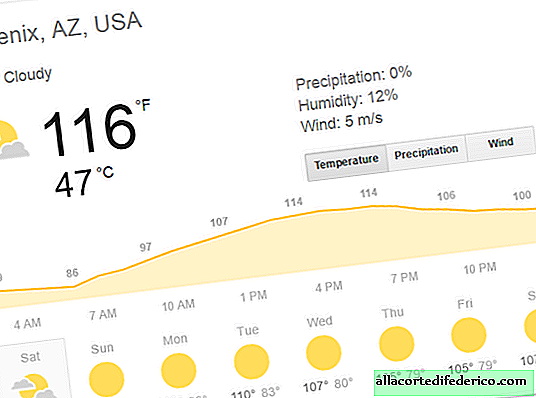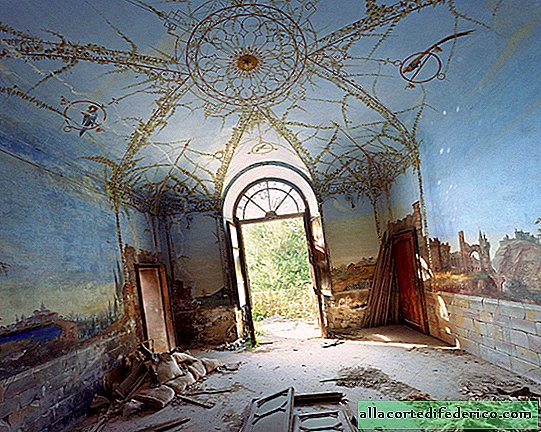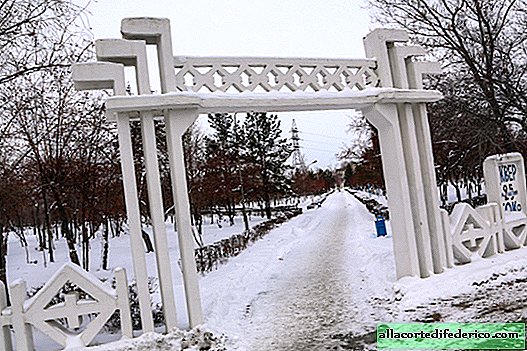Parthenon's secret: why it did not collapse during powerful earthquakes
The Parthenon - the main temple of ancient Athens, was built more than 2,400 years ago. Since then, several strong earthquakes have occurred in the Athens area, including the devastating earthquakes of 1981 and 1999, but the Parthenon was practically unharmed, which aroused the interest of scientists from around the world, especially specialists from Japan.

All the destruction that we see today within the Acropolis is mainly the consequences of the hostilities that have occurred here throughout the history of the region, and not at all the signs of strong earthquakes. Meanwhile, the area of Athens, and throughout Greece, belongs to zones of increased seismicity, and judging by what scientists managed to find out, the ancient builders were well aware of this.

Experts note that even before our era, strong earthquakes occurred in the Athens area, and the powerful earthquake that happened in September 1999 had a magnitude of 6.0 and led to serious damage throughout the city. But the most amazing thing is that the ancient temple, towering above Athens, was not injured. It turns out that ancient Greek architects had amazing knowledge in the field of earthquake-resistant construction, which allowed them to create a masterpiece that stood for millennia. The video below shows what technologies the ancient Greeks used to build the Parthenon.

















